POS is an abbreviation for Point of Sale, usually using POS devices to completely trade between merchants and customers. So when you make a purchase at a supermarket, restaurant or retail store, you are completing a point of sale (POS).
The POS machine usually used by merchants consists of POS hardware and POS software to complete sales transactions. We can also use the POS software to complete inventory management and quarterly sales reports to ensure the normal operation of the store.
The pos terminal is an electronic device that performs sales transactions and processes credit card or gift card payments. It combines touch display and POS software in most stores to help manage store transaction information.
Different types of POS Terminal
1.Wireless pos terminal
Wireless pos terminal is the use of wireless devices to facilitate the payment of a product or service. Typically, the wireless pos system includes a base station that is directly connected to the central network and one or more handheld devices that communicate wirelessly. Wireless POS terminal is the most popular POS machine at present and in the future.
Advantage of Wireless POS Terminal:
- Reduce sales or service waiting time
- Improve the productivity of individual workers
- Reduce the cost of wired installations
2. Desktop pos terminal
The trend of the POS terminal is to gradually reduce the use area and improve the hardware configuration. The desktop POS terminal is different from the traditional POS terminal in that it has built-in printer, built-in battery, multiple systems to choose from, screen resolution is improved, WiFi can be connected, and mobile is convenient.
3. Fixed pos terminal
Fixed POS terminals provide merchants with a more powerful management solution. Powerful business functions include inventory management, cash drawers, employee clocks, and the ability to manage loyalty programs and gift cards. This traditional form of technology has existed for decades and is the most recognized and accepted way to handle cash payments, checks and credit/debit cards in the past.
Most restaurants and retail stores generally prefer fixed POS solutions rather than other pos terminal because they offer more features and functionality. In fact, 95% of brick-and-mortar stores handle payments through fixed POS solutions and believe that mobile solutions are an enhancement, not a replacement, for traditional POS.
4. Mobile pos terminal
With the development of mobile technology and the changes in our payment methods, more and more enterprises are beginning to move beyond traditional desktop POS terminals to mobile solutions. Mobile payments typically come in the form of a credit card reader connected to a smartphone or tablet. The scanner and charging system run through the app, everything is cloud-based, so you don’t have to connect to your local network.
In the face of different application problems, some companies divide POS machines into the following categories.
- Restaurant POS System
- Retail POS System
- Bar POS System
- Small Business POS System
- Salon and Spa POS System
How to choose a POS solution?
Choosing a POS terminal that’s just right for your business is incredibly important.
1. Do I need a POS system?
If you want to be a business, POS terminal is a must.
2. Business type
You have to ask which category you are suitable for. Different businesses will have different needs. Reducing the category you are suitable will at least point to the direction you need.
3. POS terminal pricing
The complete POS terminal will set the price from the following aspects:
- Software
- Hardware
- Integrations
- Credit Card Processing
- Support
4. The function of POS terminal.
Mapping out exactly how much functionality you need is important, such as:
Restaurants Point of Sale Terminal
- Online orders
- Delivery applications
- Check split / tip characteristics
- Possibility of using kitchen screens.
- Rear and front communication tools.
- Table design features
- Loyalty programs
- Advanced inventory with tracking for individual ingredients
- Pay-at-table services
Retail POS Terminal
- eCommerce integration
- Advanced inventory with matrix
- Loyalty programs
- Gift cards
- Customizable SKUs
- Shipping features
5. Support
You need to know how much support you will need and investigate if the pos vendor you are viewing can offer it.
6. Final Thoughts
So which POS system are you going to choose?







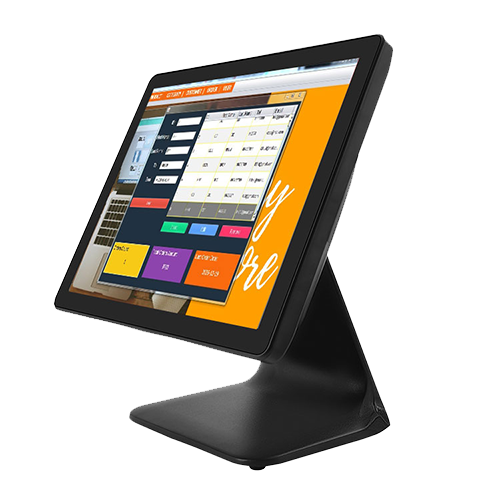




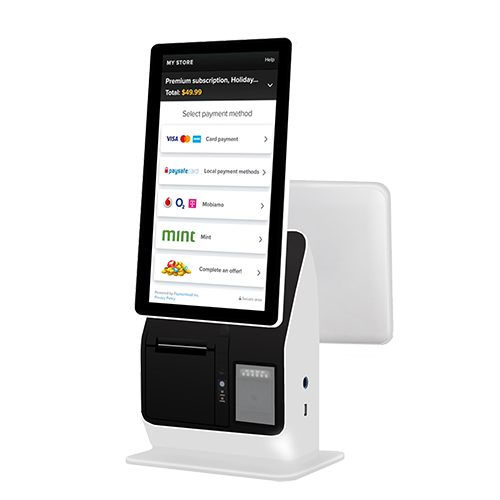


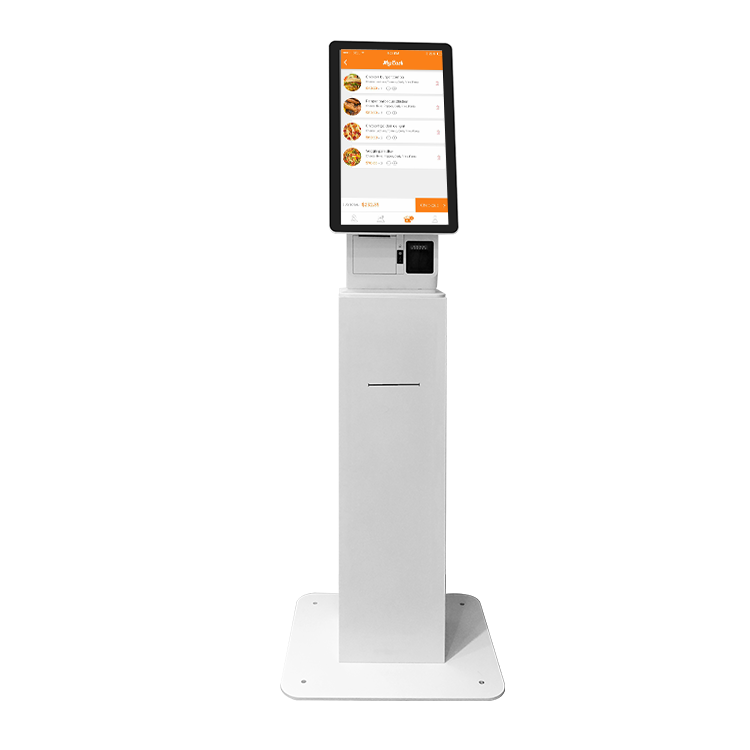






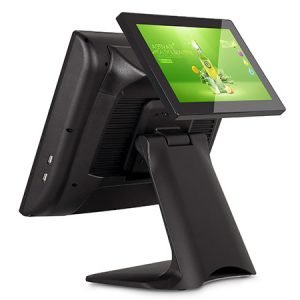

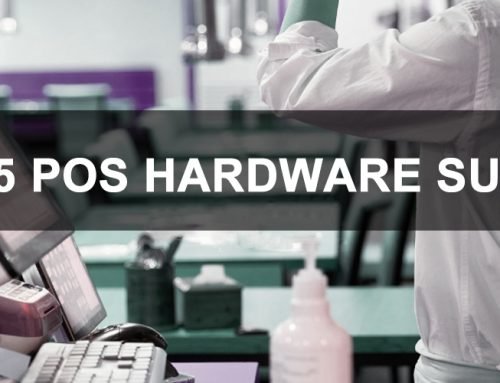
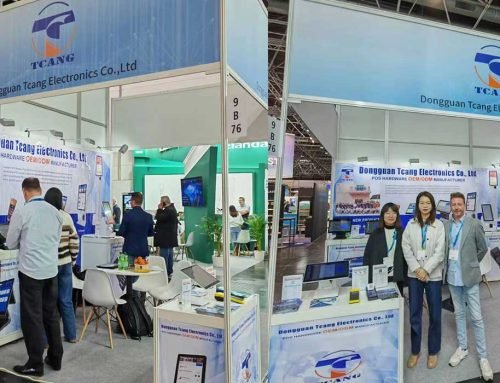
Leave A Comment